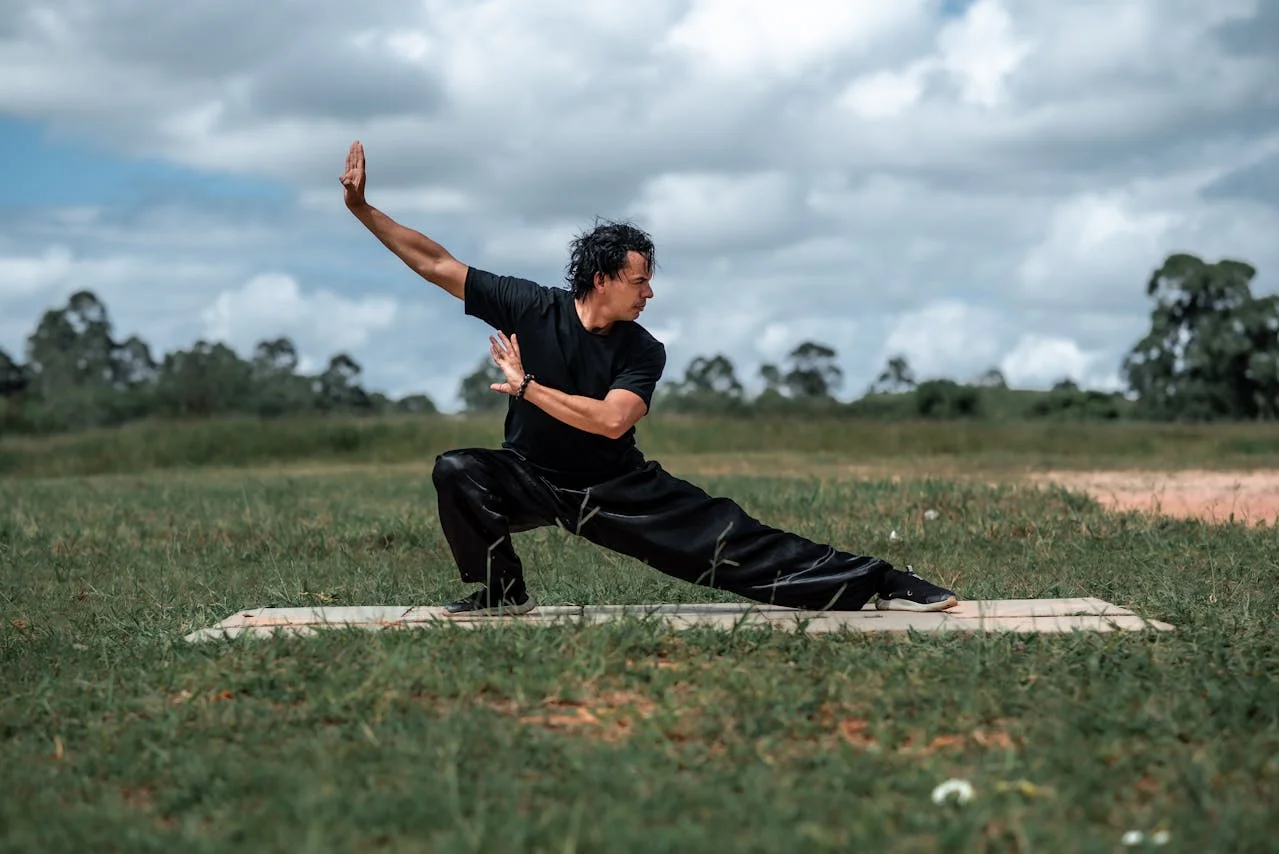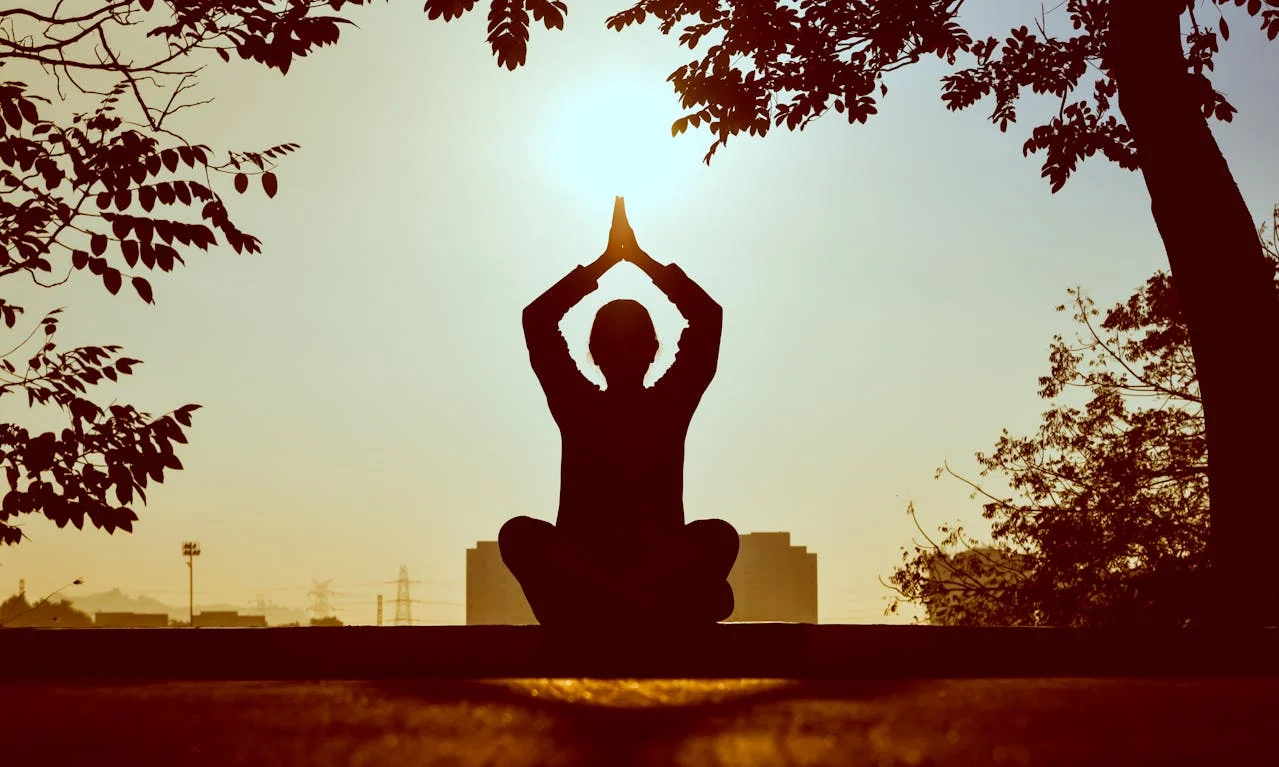Exploring the Differences Between Qigong and Tai Chi: Unveiling Two Ancient Practices
In the realm of ancient Chinese wellness practices, Qigong and Tai Chi stand out as two profound and revered disciplines. Both rooted in traditional Chinese medicine and philosophy, these mind-body exercises offer a wealth of physical, mental, and spiritual benefits. While they share similarities in their focus on movement, breathwork, and mindfulness, Qigong and Tai Chi each possess unique characteristics that set them apart. In this comprehensive guide, we’ll delve into the essence of Qigong and Tai Chi, uncovering their differences and exploring the transformative power of these ancient practices.
Understanding Qigong: The Art of Cultivating Vital Energy
Qigong, pronounced “chee-gong,” is an ancient Chinese practice that translates to “cultivating vital energy.” At its core, Qigong involves a series of gentle, flowing movements, coordinated with deep breathing and focused intention. The practice aims to harmonize the flow of Qi, or life force energy, throughout the body, promoting health, vitality, and longevity.
Key Characteristics of Qigong
- Simplicity: Qigong exercises are often simple and easy to learn, making them accessible to people of all ages and fitness levels.
- Mindfulness: Practitioners of Qigong cultivate a deep sense of mindfulness and presence, focusing their attention on the flow of energy within the body.
- Health Benefits: Qigong is renowned for its myriad health benefits, including stress reduction, improved flexibility, enhanced immune function, and increased energy levels.
Exploring Tai Chi: The Flowing Dance of Harmony
Tai Chi, also known as Tai Chi Chuan, is a martial art that originated in ancient China. Often referred to as “moving meditation,” Tai Chi is characterized by slow, deliberate movements, performed with grace, fluidity, and precision. Rooted in the principles of Taoist philosophy, Tai Chi seeks to balance the opposing forces of Yin and Yang, promoting harmony and equilibrium within the body and mind.
Key Characteristics of Tai Chi
- Martial Origins: While Tai Chi is practiced for its numerous health benefits, it is also a martial art with deep roots in self-defense and combat techniques.
- Flowing Movements: Tai Chi forms consist of a series of choreographed movements, performed in a continuous, flowing manner, akin to a slow-motion dance.
- Balance and Stability: Tai Chi emphasizes balance, coordination, and stability, helping practitioners cultivate a strong and grounded presence both on and off the mat.
Distinguishing Between Qigong and Tai Chi
While Qigong and Tai Chi share many similarities, there are several key differences that set them apart:
- Purpose: Qigong primarily focuses on cultivating and circulating Qi energy throughout the body to promote health and vitality, whereas Tai Chi combines martial arts techniques with mindfulness and meditation practices.
- Movement Style: Qigong movements tend to be simpler and more repetitive, whereas Tai Chi forms involve intricate sequences of movements, often performed in a flowing, dance-like manner.
- Intent: Qigong is often practiced for its health benefits and spiritual growth, whereas Tai Chi can be practiced for both health and martial arts purposes.
Choosing the Right Practice for You
Whether you’re drawn to the gentle flowing movements of Qigong or the graceful precision of Tai Chi, both practices offer a wealth of benefits for the body, mind, and spirit. Ultimately, the best practice for you is the one that resonates with your unique needs, preferences, and goals. Whether you choose to explore the ancient art of Qigong or delve into the meditative movements of Tai Chi, you’re embarking on a transformative journey towards greater health, well-being, and inner harmony.
FAQs About Qigong and Tai Chi
- Can anyone practice Qigong and Tai Chi, regardless of age or fitness level? Yes, both Qigong and Tai Chi are suitable for people of all ages and fitness levels, and can be modified to accommodate individual needs.
- Are there different styles of Qigong and Tai Chi? Yes, there are numerous styles and variations of both Qigong and Tai Chi, each with its own unique movements, principles, and philosophies.
- How often should I practice Qigong or Tai Chi to experience benefits? Consistency is key when practicing Qigong or Tai Chi. Aim to practice at least several times a week to experience noticeable improvements in your health and well-being.
- Can Qigong and Tai Chi be practiced indoors or outdoors? Both Qigong and Tai Chi can be practiced indoors or outdoors, depending on personal preference and environmental conditions.
- Do I need any special equipment or attire to practice Qigong or Tai Chi? No, Qigong and Tai Chi can
Qigong vs Tai Chi Comparison
| Aspect | Qigong | Tai Chi |
|---|---|---|
| Purpose | Cultivating vital energy, promoting health and vitality | Combining martial arts techniques with mindfulness and meditation |
| Movement Style | Simple, repetitive movements | Intricate, flowing movements |
| Intent | Health benefits and spiritual growth | Health and martial arts purposes |













